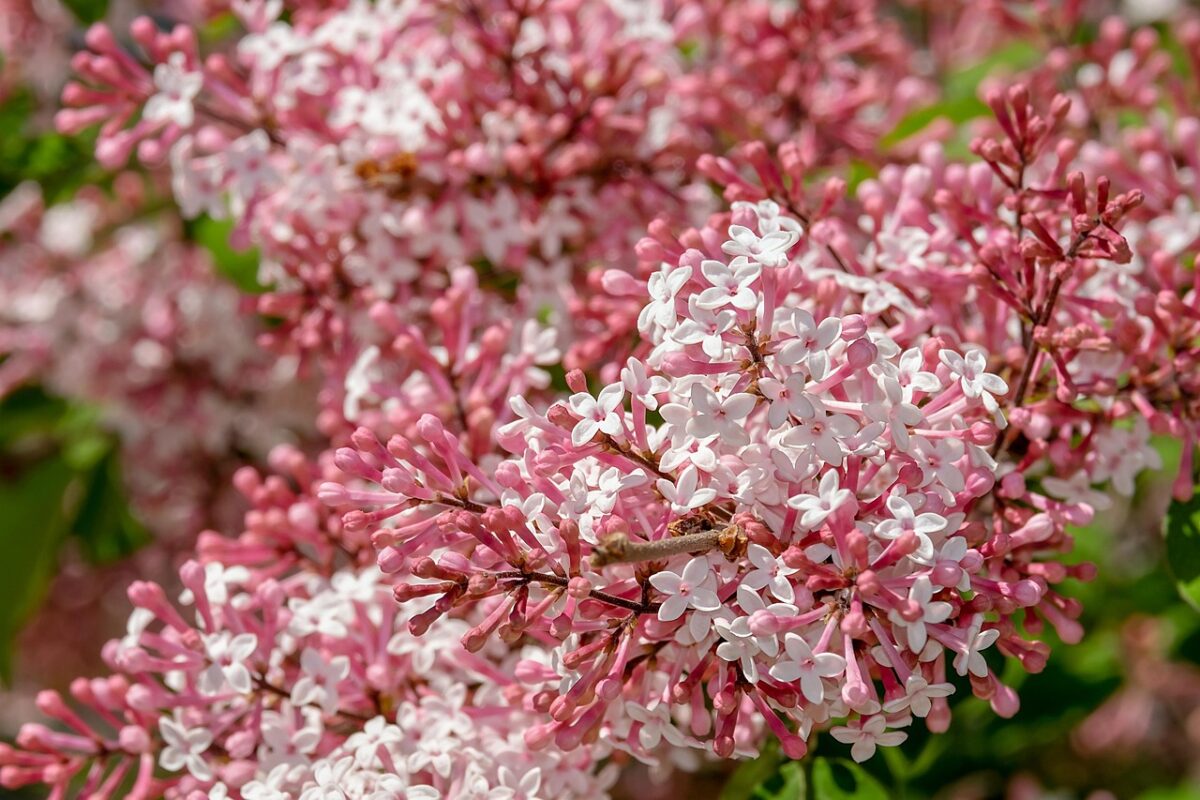Creating a fragrant outdoor garden can transform your outdoor space into a sensory delight. The right aromatic plants not only enhance the beauty of your landscape but also provide a soothing atmosphere filled with delightful scents. Whether you’re a beginner or an experienced gardener, understanding the best fragrant outdoor plants and their care requirements is essential for cultivating a vibrant and aromatic garden. This guide explores the top fragrant outdoor plants, offers practical care tips, and shares creative ways to incorporate these scented wonders into your landscape.
Fragrant outdoor plants are more than just visually appealing; they engage our sense of smell, evoke memories, and create a welcoming ambiance. The benefits of incorporating aromatic plants into your garden include:
- Enhanced Atmosphere: Fragrance can elevate the mood of any outdoor gathering.
- Wildlife Attraction: Many scented flowers attract beneficial pollinators like bees and butterflies.
- Natural Pest Deterrence: Some fragrant plants can repel unwanted pests.
- Therapeutic Effects: Aromatherapy benefits can help reduce stress and promote relaxation.
Top 15 Fragrant Outdoor Plants for Every Garden
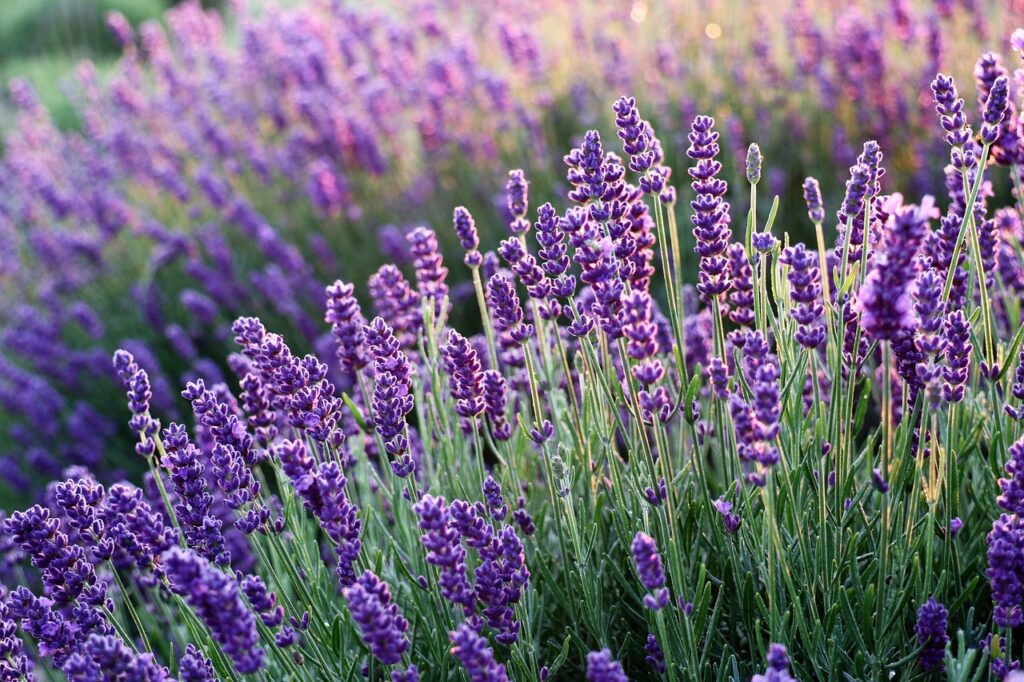
Here’s a curated list of the best smelling garden plants, complete with care instructions and ideal uses.
1. Lavender (Lavandula spp.)
Lavender is renowned for its calming scent and vibrant purple blooms. It thrives in sunny, well-drained soil.
- Bloom Time: Late spring to early summer
- Best Uses: Borders, pathways, and containers
- Care: Water sparingly; prefers dry conditions.
2. Gardenia (Gardenia jasminoides)
Gardenias are famous for their creamy white blooms and intoxicating fragrance, perfect for warm climates.
- Bloom Time: Late spring to summer
- Best Uses: Foundation plantings and mixed borders
- Care: Requires acidic, well-drained soil; keep soil consistently moist.
3. Jasmine (Jasminum spp.)
Jasmine offers a sweet, heady fragrance, particularly in the evening. It’s a climber that can enhance vertical spaces.
- Bloom Time: Summer to fall
- Best Uses: Trellises and arbors
- Care: Prefers full sun and well-drained soil; water regularly.
4. Peony (Paeonia spp.)
Peonies are celebrated for their large, fragrant blooms, making them a favorite in any garden.
- Bloom Time: Late spring to early summer
- Best Uses: Cut flowers and borders
- Care: Requires well-drained soil and full sun; water deeply but infrequently.
5. Mint (Mentha spp.)
Mint brings a refreshing scent and is incredibly versatile, thriving in various conditions.
- Bloom Time: Summer
- Best Uses: Herb gardens and containers
- Care: Prefers moist, well-drained soil; can be invasive, so consider planting in pots.
6. Honeysuckle (Lonicera spp.)
Honeysuckle vines produce sweetly scented flowers that attract hummingbirds and butterflies.
- Bloom Time: Late spring to summer
- Best Uses: Arbors and fences
- Care: Thrives in full sun; water regularly but avoid waterlogging.
7. Sweet Alyssum (Lobularia maritima)
This low-growing annual features small white or purple flowers with a honey-like scent.
- Bloom Time: Spring to fall
- Best Uses: Ground cover and borders
- Care: Prefers well-drained soil and full sun; water when dry.
8. Scented Geranium (Pelargonium spp.)
Known for their unique fragrances ranging from rose to mint, these plants are perfect for containers.
- Bloom Time: Spring to summer
- Best Uses: Containers and window boxes
- Care: Requires well-drained soil; keep moderately moist.
9. Tuberose (Polianthes tuberosa)
Tuberose is known for its strong, sweet fragrance and tall spikes of white flowers.
- Bloom Time: Summer to fall
- Best Uses: Borders and cut flowers
- Care: Prefers well-drained soil; water regularly during dry spells.
10. Night-Blooming Jasmine (Cestrum nocturnum)
This plant emits a strong fragrance at night, attracting nocturnal pollinators.
- Bloom Time: Year-round in warm climates
- Best Uses: Night gardens and patios
- Care: Prefers well-drained soil; water regularly.
11. Rosemary (Rosmarinus officinalis)
Rosemary offers both culinary uses and a lovely pine-like fragrance, making it a dual-purpose plant.
- Bloom Time: Spring to summer
- Best Uses: Herb gardens and borders
- Care: Needs well-drained soil; drought-tolerant once established.
12. Lilac (Syringa vulgaris)
Lilacs are cherished for their clusters of fragrant flowers in shades of purple and white.
- Bloom Time: Spring
- Best Uses: Shrub borders and foundation plantings
- Care: Prefers well-drained soil; prune after blooming.
13. Frangipani (Plumeria spp.)
Frangipani is known for its exotic, sweet fragrance and stunning flowers, perfect for tropical gardens.
- Bloom Time: Spring to fall
- Best Uses: Tropical landscapes and containers
- Care: Requires full sun and well-drained soil; water sparingly.
14. Stock (Matthiola incana)
Stock produces dense clusters of fragrant flowers that bloom in a variety of colors.
- Bloom Time: Spring to early summer
- Best Uses: Borders and cut flowers
- Care: Prefers well-drained soil; keep evenly moist.
15. Clove Pink (Dianthus caryophyllus)
Clove Pink is a perennial with a spicy-sweet scent, ideal for borders and rock gardens.
- Bloom Time: Late spring to summer
- Best Uses: Borders and containers
- Care: Prefers well-drained soil; water when dry.
How to Select the Right Scented Plants for Your Space
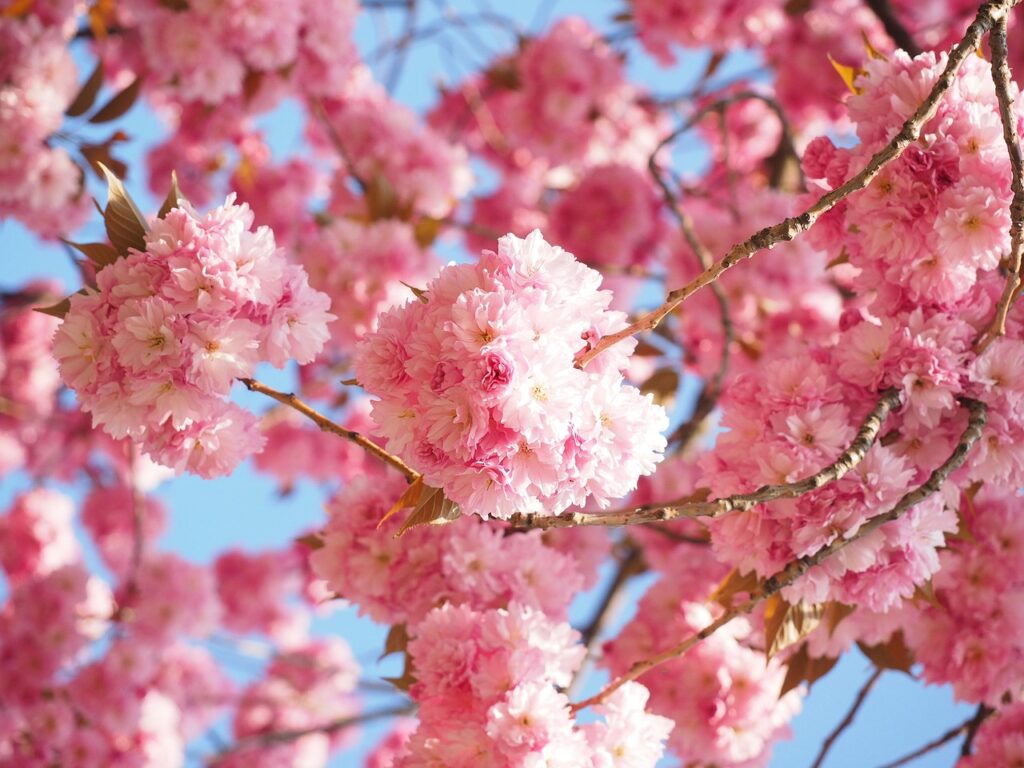
Selecting the right fragrant plants for your garden involves considering several key factors:
- Climate: Choose plants that thrive in your local climate zone.
- Sunlight: Assess the light conditions of your garden—full sun, partial shade, or full shade.
- Soil Type: Consider the soil quality and drainage capabilities.
- Space: Evaluate how much space you have for planting and the mature size of the plants.
- Fragrance Preference: Decide what type of fragrance you prefer—sweet, spicy, or herbal.
Essential Tools and Safety Tips for Planting Fragrant Gardens
Before you start planting, ensure you have the right tools and safety measures in place. Here’s a list of essential gardening tools:
- Hand trowel
- Pruning shears
- Gardening gloves
- Watering can or hose
- Soil amendments (compost, mulch)
- Weeding tool
When working with fragrant plants, consider the following safety tips:
- Check for plant toxicity, especially if you have pets or children.
- Wear gloves to prevent skin irritation from certain plants.
- Be cautious of allergies related to pollen or fragrance.
Step-by-Step Care Instructions for Fragrant Outdoor Plants
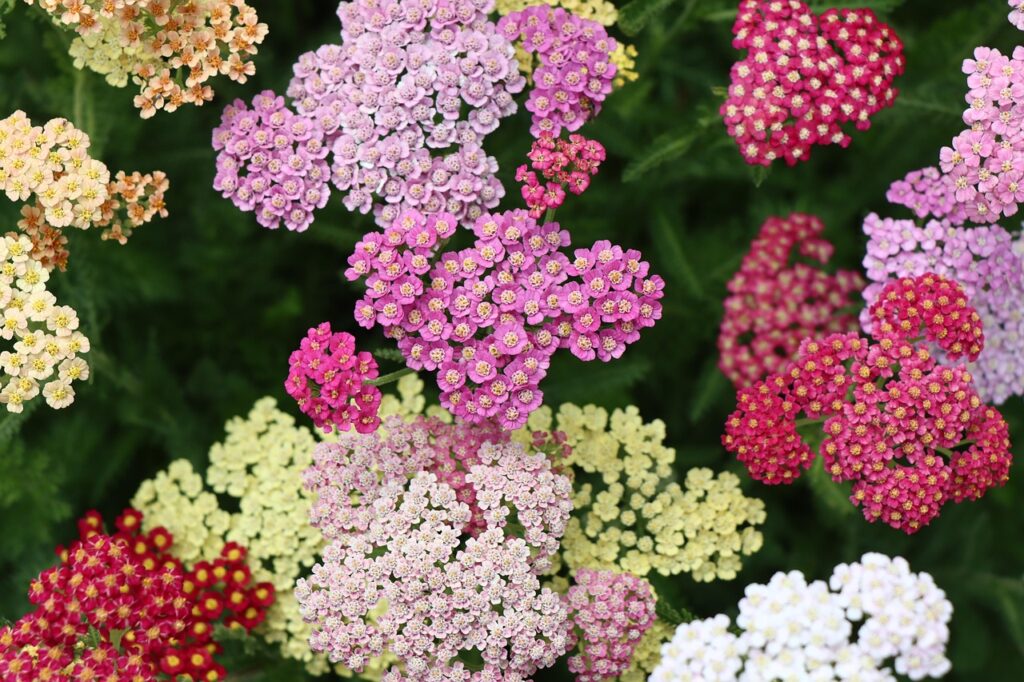
Caring for fragrant plants involves a few essential steps:
- Soil Preparation: Ensure well-drained soil, enriched with organic matter.
- Planting: Follow recommended spacing for each variety to allow for growth.
- Watering: Establish a consistent watering schedule, adjusting for weather conditions.
- Fertilizing: Use a balanced fertilizer during the growing season.
- Pruning: Regularly prune to encourage healthy growth and remove dead or diseased parts.
Seasonal Maintenance Checklist
Maintaining your fragrant garden throughout the year requires attention to seasonal tasks:
- Spring: Plant new varieties, fertilize, and prune winter-damaged plants.
- Summer: Water regularly, deadhead spent blooms, and monitor for pests.
- Fall: Prepare for winter by mulching and cutting back perennials.
- Winter: Protect tender plants from frost and plan for the next planting season.
Common Problems: Pests, Diseases, and Troubleshooting
Even the most fragrant plants can face challenges. Here are common issues and solutions:
- Pests: Aphids, spider mites, and whiteflies can damage plants. Use insecticidal soap or neem oil for control.
- Diseases: Fungal diseases like powdery mildew can affect plant health. Ensure proper spacing and air circulation.
- Yellowing Leaves: This may indicate overwatering. Adjust watering habits and check drainage.
Creative Ways to Use Fragrant Plants in Your Landscape
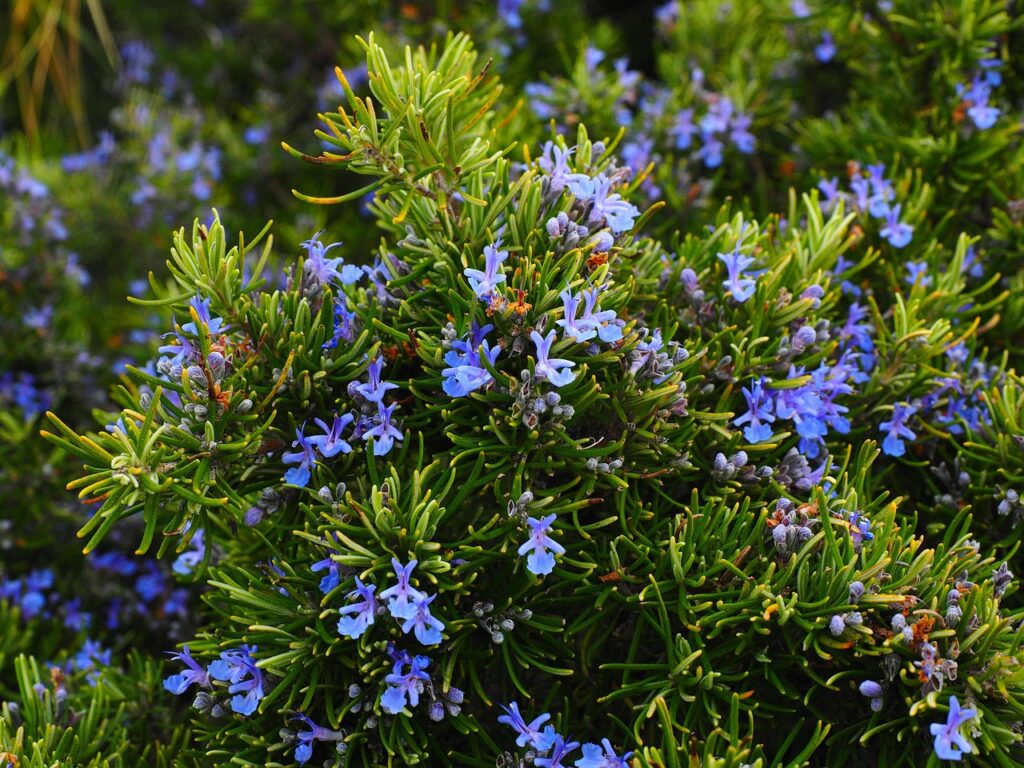
Incorporating fragrant plants into your landscape design can enhance both beauty and sensory experience. Here are some creative ideas:
- Pathways: Line walkways with lavender or mint for a delightful aroma.
- Seating Areas: Surround patios with fragrant flowers like gardenias for a relaxing atmosphere.
- Vertical Gardens: Use climbing plants like jasmine to create fragrant vertical spaces.
- Containers: Mix scented herbs in pots for both beauty and culinary use.
Creating a fragrant outdoor space is a rewarding endeavor that enriches your gardening experience. By selecting the right plants, employing effective care strategies, and using creative design ideas, you can cultivate a garden that delights the senses and provides a peaceful retreat. Happy gardening!
